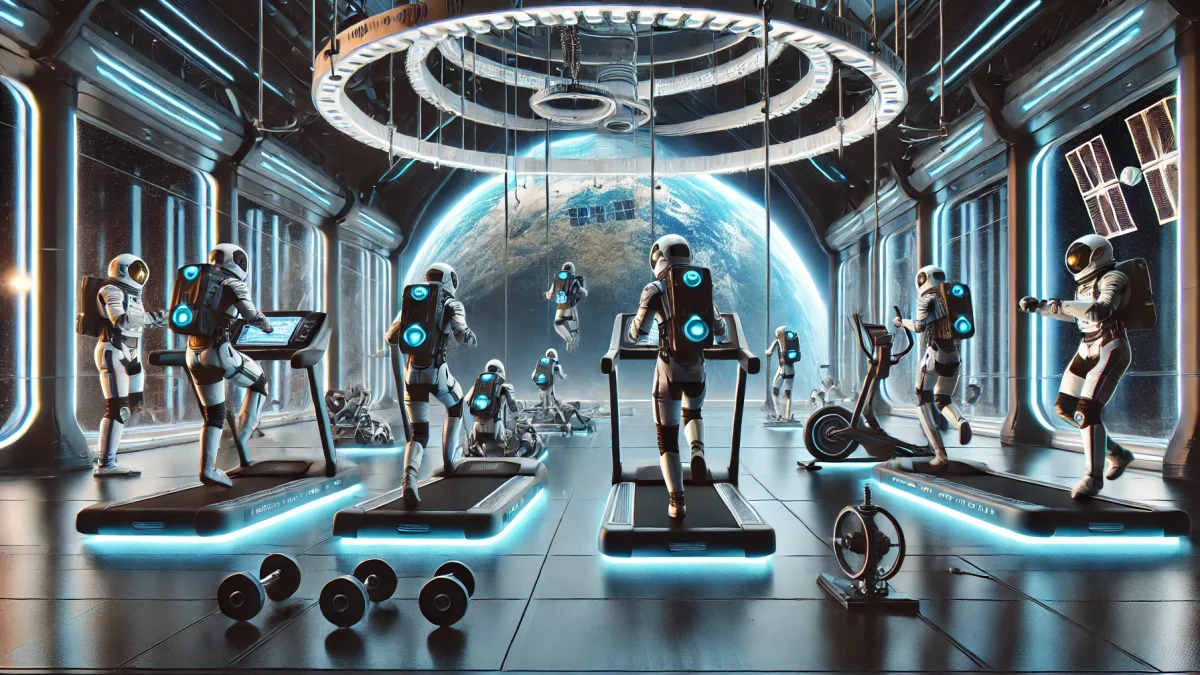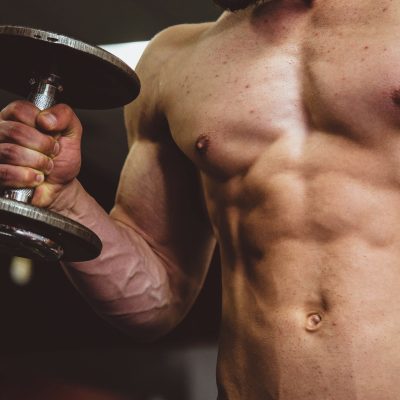
Fitness in Space: Staying Healthy Beyond Earth
The idea of living and working in space has gone from science fiction to reality, with astronauts spending months aboard the International Space Station (ISS). While space exploration is an incredible achievement, it comes with unique challenges – one of the most significant being the effect of microgravity on the human body. Maintaining fitness in space is critical for astronauts’ health and performance, and it offers valuable insights for future long-term missions to the Moon, Mars, and beyond.
Why Fitness in Space Matters
In a microgravity environment, the body undergoes several changes that can impact health, including:
- Muscle Atrophy: Without the resistance of gravity, muscles, especially in the legs and back, weaken and shrink.
- Bone Density Loss: Astronauts can lose up to 1–2% of bone density per month in space, increasing the risk of fractures.
- Cardiovascular Changes: The heart becomes more spherical, and blood circulation adapts to the lack of gravity, potentially reducing cardiovascular efficiency.
- Coordination Challenges: Spaceflight affects balance and motor skills, requiring rehabilitation upon return to Earth.
To counteract these effects, astronauts must follow rigorous fitness routines while in space.
Exercise Equipment in Space
Traditional gym equipment doesn’t work in microgravity, so engineers have developed specialized machines for use aboard the ISS. These include:
1. Treadmill with Vibration Isolation and Stabilization System (TVIS)
- Allows astronauts to run while being tethered to the machine.
- Simulates gravity’s effect on the body and promotes cardiovascular health.
2. Advanced Resistive Exercise Device (ARED)
- Replaces free weights with vacuum cylinders to provide resistance.
- Targets major muscle groups to prevent muscle atrophy and bone loss.
3. Cycle Ergometer
- A stationary bike without a seat, where astronauts pedal while floating.
- Improves cardiovascular health and endurance.
Fitness Routines in Space
Astronauts typically work out for about 2 hours a day to maintain physical health. A standard fitness routine includes:
- Cardio: Running or cycling to maintain heart health and lung capacity.
- Strength Training: Resistance exercises for arms, legs, and core to prevent muscle and bone deterioration.
- Stretching and Mobility: Improves flexibility and counteracts stiffness caused by prolonged confinement in tight spaces.
Challenges of Exercising in Space
- Microgravity Adaptation: Without gravity, astronauts must secure themselves to equipment, which can feel unnatural.
- Limited Space: The ISS has a confined area for exercise, making it challenging to perform dynamic movements.
- Equipment Wear and Tear: Machines must withstand years of use and require maintenance.
The Future of Fitness in Space
As missions to Mars and beyond become feasible, fitness solutions must evolve. Concepts for future space fitness include:
- Artificial Gravity: Rotating spacecraft or modules to mimic gravity and reduce physical deterioration.
- Wearable Resistance Suits: Clothing embedded with resistance bands to provide continuous muscle engagement.
- Virtual Reality (VR) Workouts: Immersive technology could help astronauts stay motivated by simulating Earth-like environments or gamified fitness routines.
What Earth Can Learn from Space Fitness
Research into space fitness benefits us here on Earth, especially for:
- Rehabilitation Medicine: Insights into muscle and bone loss help improve treatments for conditions like osteoporosis.
- Sedentary Lifestyle Solutions: Space fitness innovations inspire ways to counteract the effects of prolonged inactivity.
- Wearable Tech: Advances in resistance and monitoring equipment improve wearable fitness technology for everyday use.
Conclusion
Fitness in space is essential for the health and performance of astronauts, enabling them to withstand the challenges of microgravity and return safely to Earth. As humanity sets its sights on deep space exploration, the lessons learned from space fitness will pave the way for healthier, more resilient astronauts – and a healthier future for us all.











